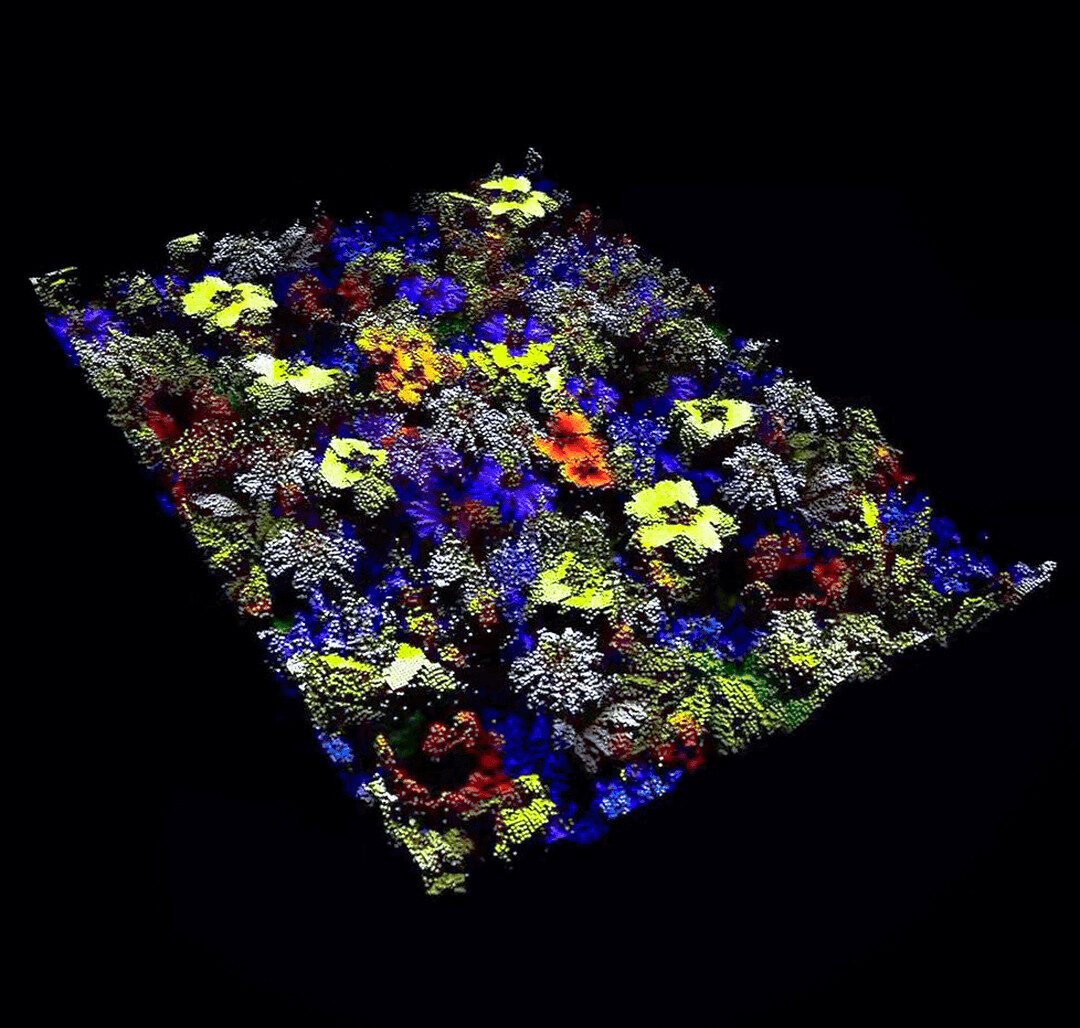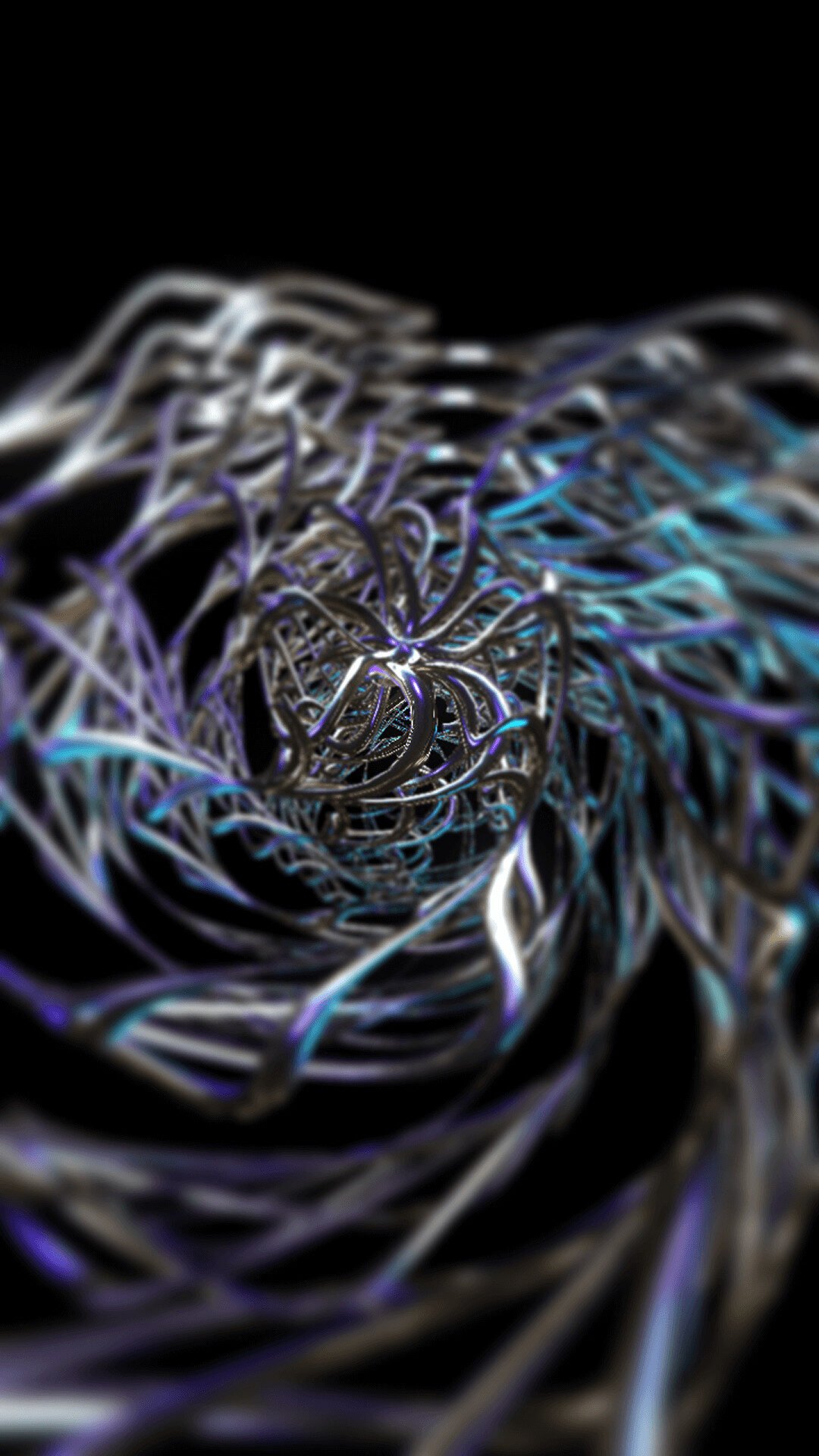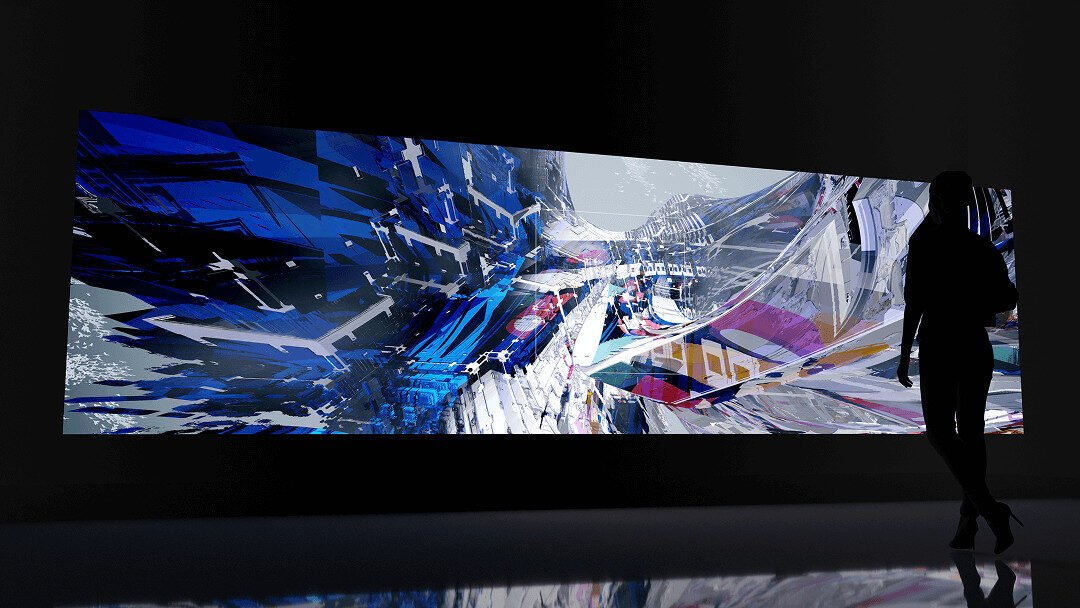I believe beauty already exists in nature’s patterns—we just need to reveal it. My creative process is guided by curiosity, mathematics, and a desire to connect logic with emotion through generative visuals.
ARTIST BIO
Ricky O’kawa is a Tokyo-based generative artist who weaves sacred geometry, real-time graphics, and immersive XR worlds with TouchDesigner, p5.js, openFrameworks, and GLSL. Trained in digital art in San Diego, he explores the meeting point of mathematics and emotion, revealing nature’s hidden patterns through code-driven visuals.
- Web: https://rikiya-okawa-369.vercel.app/en
- Instagram: @ricky_o_369
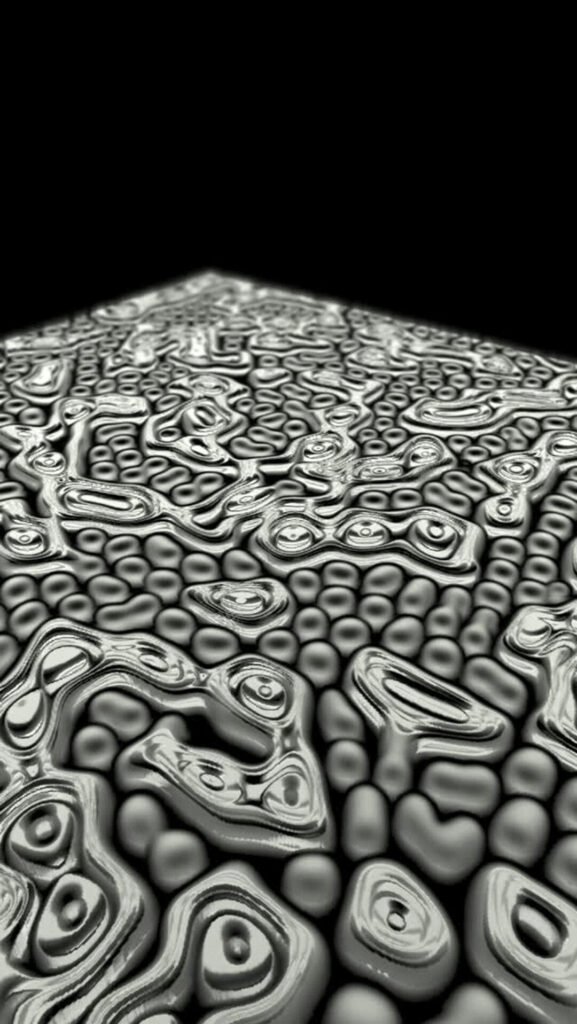
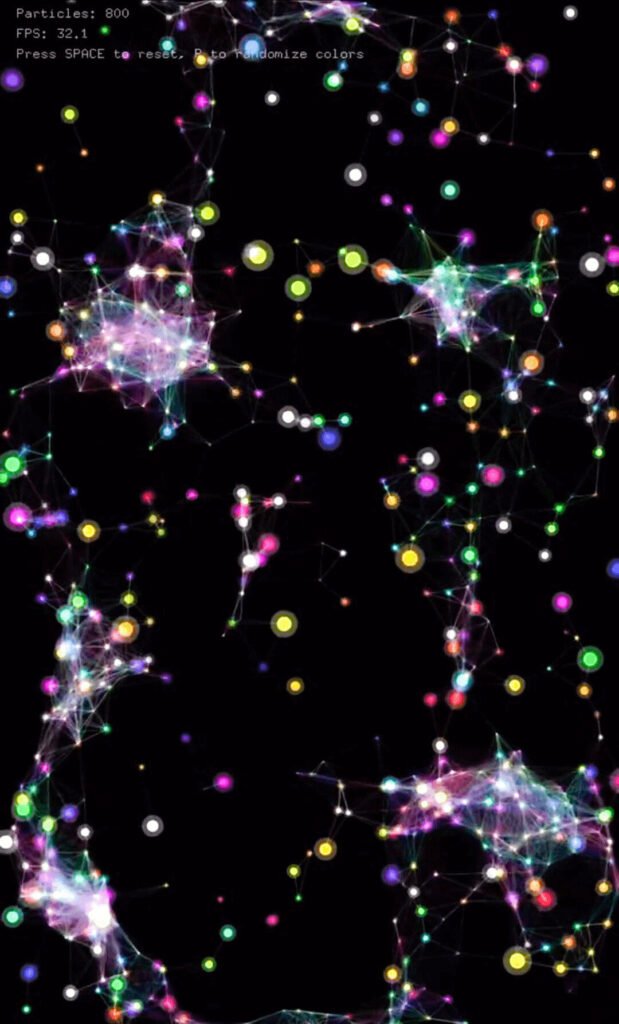
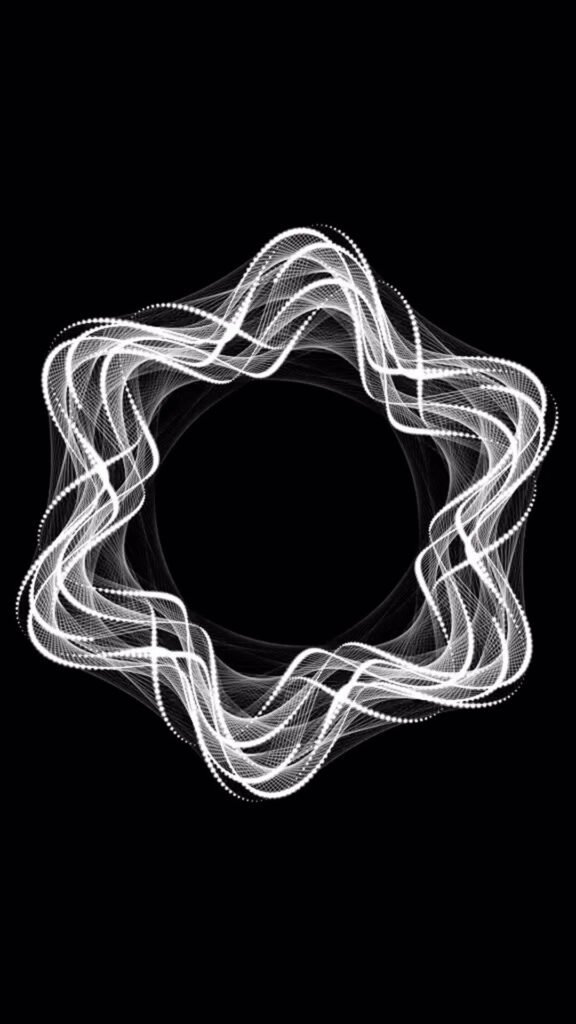
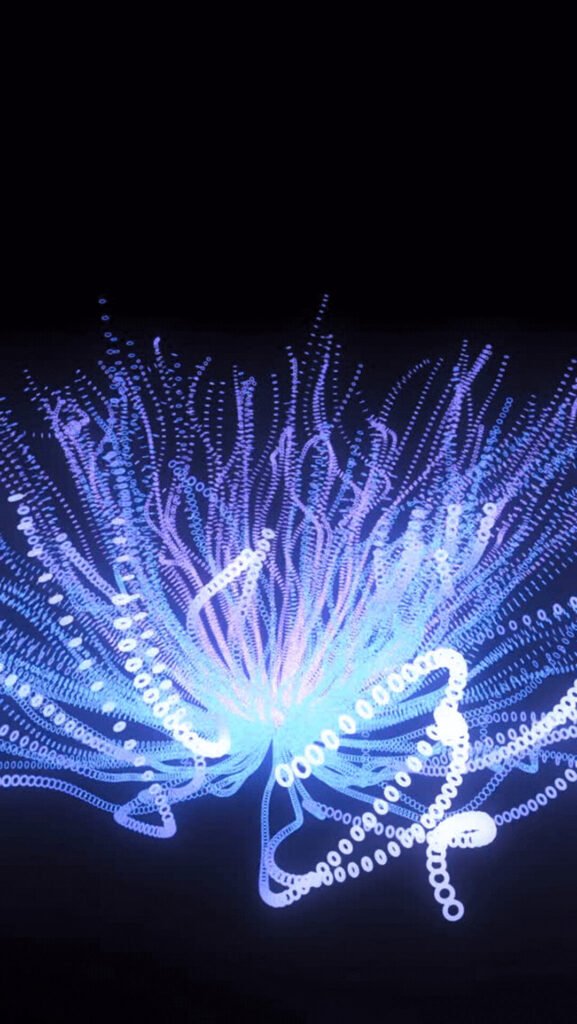
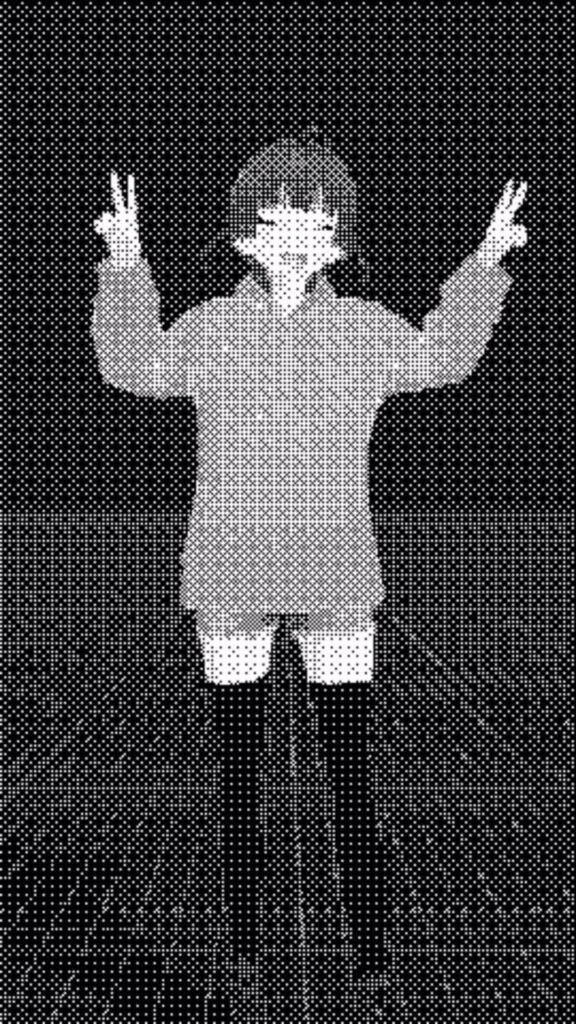
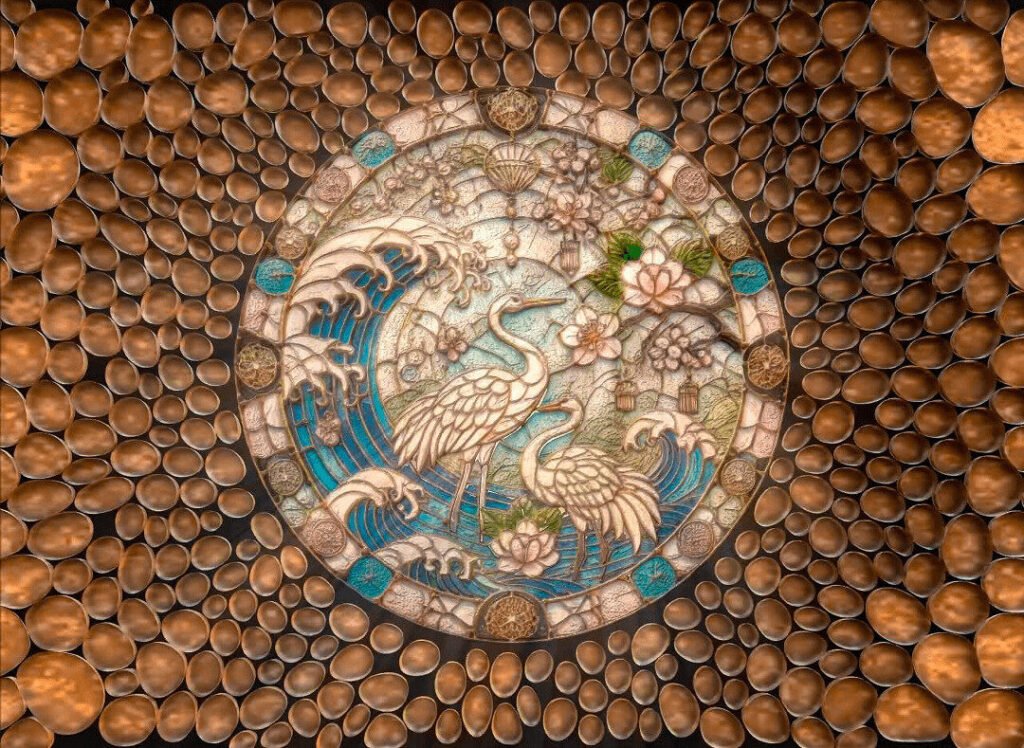
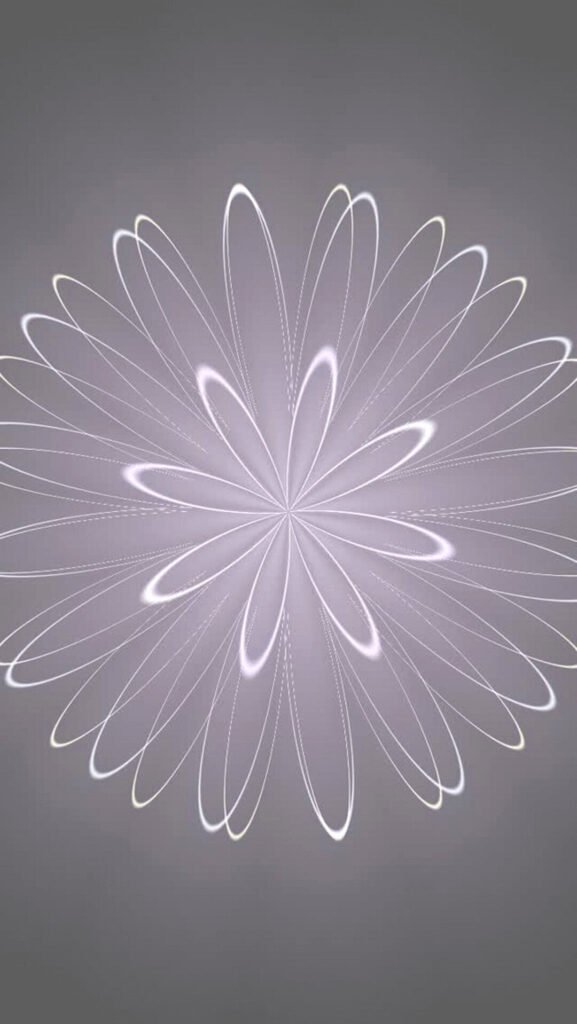
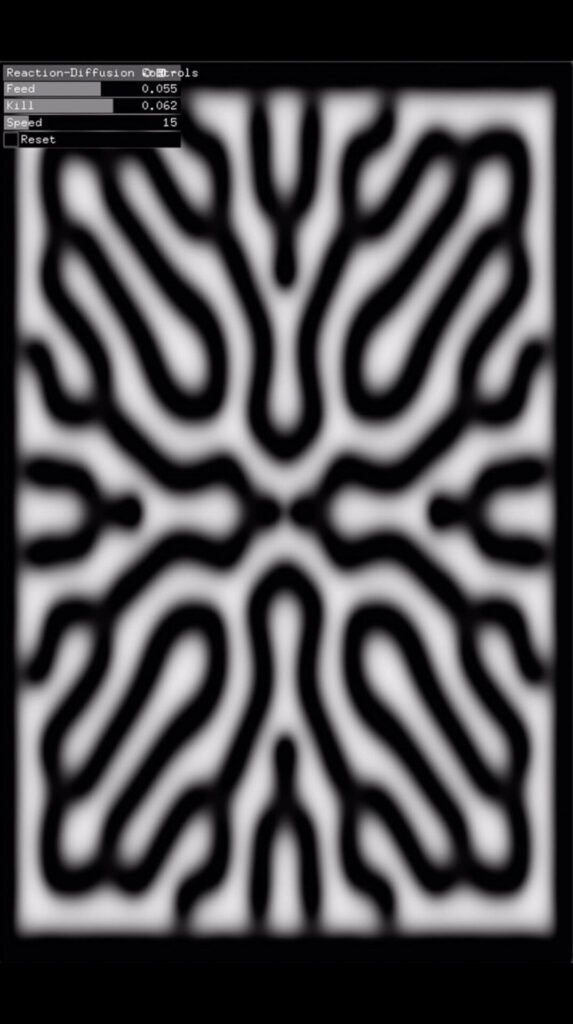
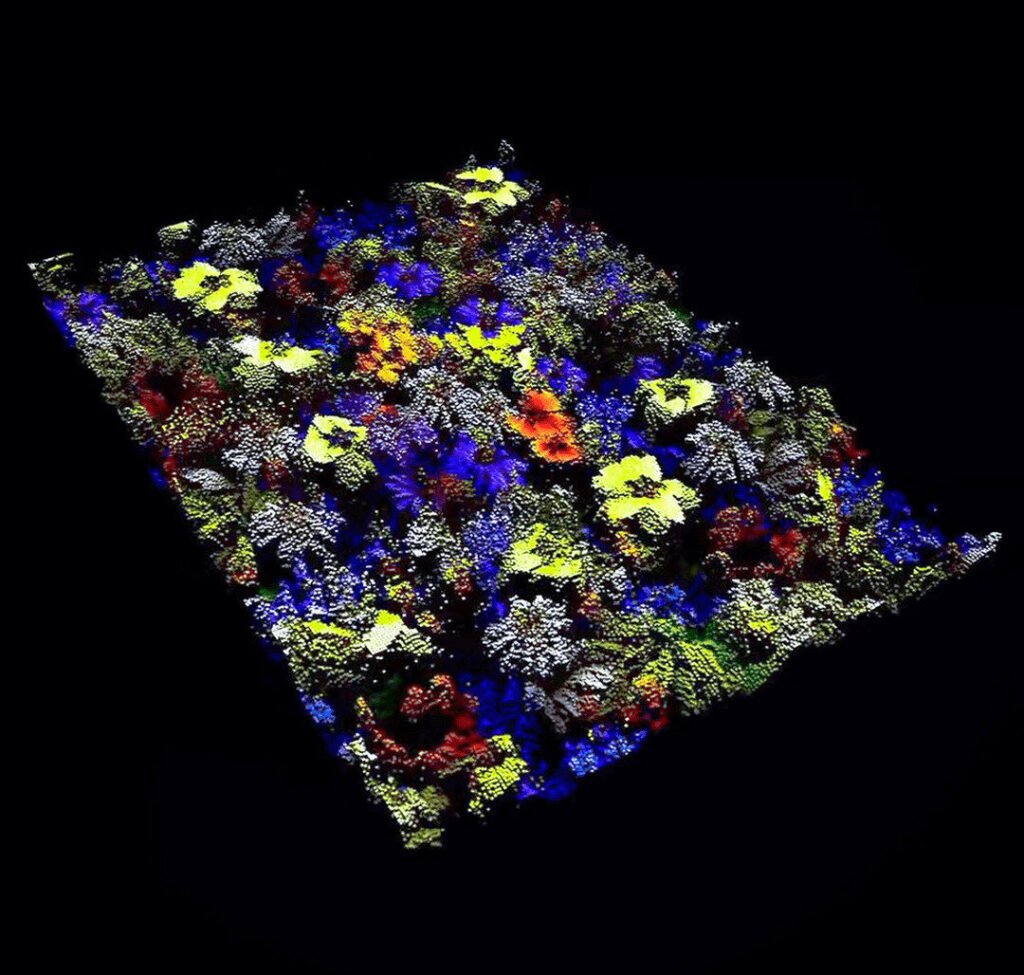
What Is one belief, insight, or idea that guides your creative process?
I believe beauty already exists in nature’s patterns—we just need to reveal it. My creative process is guided by curiosity, mathematics, and a desire to connect logic with emotion through generative visuals.
Can you tell us how you discovered Mixed art and what drew you into it?
When I was a student, I discovered generative art at school after seeing Saeko Ehara’s beautiful and charming work. It deeply inspired me, and I started creating my own generative art using TouchDesigner and p5.js for the first time.
What do you think defines your style or creative approach, and how did you arrive at that identity?
My style blends mathematical patterns and sacred geometry. I developed it through experiments with p5.js, TouchDesigner, and openFrameworks, inspired by nature’s logic—spirals, symmetry, and cycles found in galaxies, plants, and everywhere in between.
How does a project usually begin for you? Do you have a creative ritual or structure you follow?
I usually start by researching tutorials or articles, aiming to create five generative artworks a week. I also use AI to mix information with my own ideas. My work is shaped by many sources—it’s not made by me alone, but with help from everyone.
What tools or technologies do you use most, and how do they influence your visual language?
I work on both Mac and Windows. I mainly use TouchDesigner, p5.js, and openFrameworks to explore real-time visuals and generative forms. Sometimes I use Unity or sensors like RealSense to add interactivity. These tools shape my style through code, motion, and responsiveness.
Do you feel there Is a strong generative art scene? What would you like to see evolve in it
I think generative art is still a niche scene, but it has huge potential. If it collaborates more with fields like music or architecture, I believe it can reach wider audiences and grow into a much bigger movement.
What advice would you give to someone who wants to start creating generative art but doesn’t know where to begin?
Start by watching tutorials and using AI to explore ideas. Now is a great time to begin—there are tons of helpful resources on YouTube. You don’t need to be perfect, just start creating and enjoy the process!
Which artists or creators do you think are doing remarkable work and deserve much more recognition?
I really admire the work of @sko.hr, @velvet_kaoru, and @yonsankm. Their creations are gorgeous, unique, and full of creativity. Their art inspires me deeply, and they are role models for the kind of artist I hope to become.
